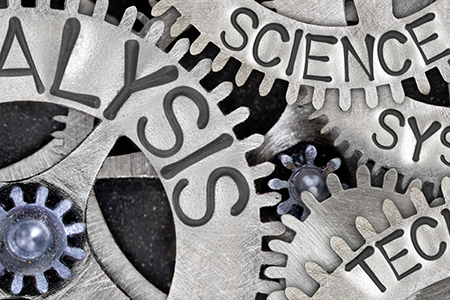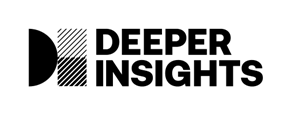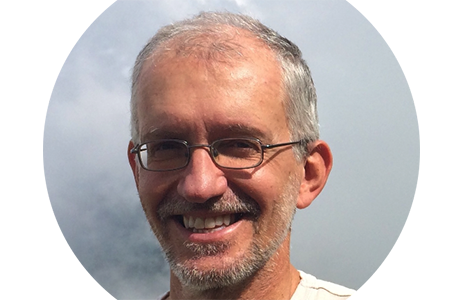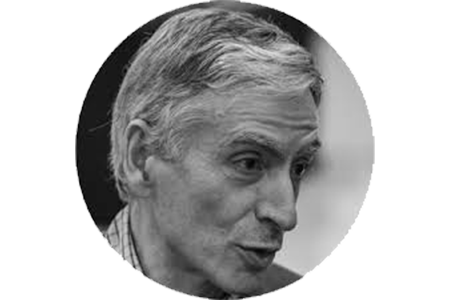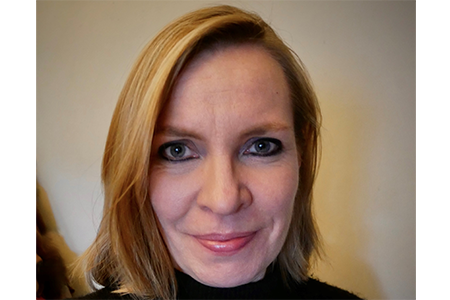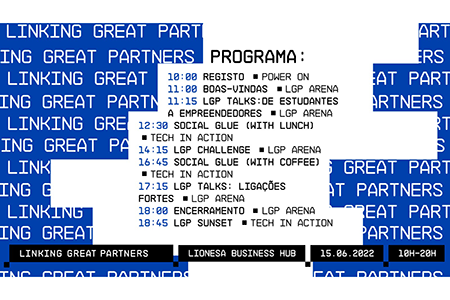With the preparation of the 3rd edition of the M.Sc. on Data Science and Engineering (https://dei.fe.up.pt/mdse/) well under way, it is time to look back at what was accomplished so far and also to project the future. This will be done as part of the 2022 MDSE Sunset Session, on the 2nd July (Saturday), in room B032, in a relaxed environment but focused on a very important topic: Ethics and Responsability in AI.
The program will feature two keynote talks, by Ana Costa e Silva (Mercer) and Pedro Saleiro (Feedzai), as well as a panel discussion including Inês de Matos Pinto (S&D Group @ European Parliament), Inês Sousa (Fraunhofer Portugal) and Peter van der Putten (Pegasystems & U. Leiden), moderated by Eugénio Oliveira (FEUP). During the event MDSE students will also present some of their projects.
The event is targeted both to companies, looking for talent in Data Science, as well as prospect students, looking for an advanced education on Data Science.
Participation is free but requires registration here.
Program
14:30 – Opening – João Mendes Moreira – Director of the M.Sc. on Data Science and Engineering (MDSE)
14:40 – Ana Costa e Silva – Global Chief of Data Science @ Mercer, TBA – introduced by António Pedro Aguiar
15:10 – Pedro Saleiro – Director of AI Research @ Feedzai, challenges in the development of responsible AI research/solutions in Industry – introduced by José Luís Borges
15:40 – MDSE Student Showcase – introduced by Ana Aguiar
- Cláudia Pinheiro: AI-based cancer characterization using semi-supervised learning algorithms
- Diogo Queirós: Reconciling prediction in the regression setting: an application to Portuguese breweries’ market share prediction
- Nuno Gaspar: Prediction of Shell Finite-Element Stresses using Convolutional Neural Networks (CNN)
- Rafael Guedes: Data, machine vision and reinforcement learning for explainable and safe autonomous driving of platooning vehicles
- Wagner Ceulin: Predicting customer purchasing behavior of a self-care online store
- João Pedro Pêgo: Predicting candidate engagement in a job matchmaking site
16:30 – Coffee Break
17:10 – Panel discussion – moderated by Eugénio de Oliveira – Emeritus Professor @ FEUP
- Inês de Matos Pinto– Legal and digital affairs advisor to the S&D Group @ European Parliament
- Inês Sousa– Head of Intelligent Systems @ Fraunhofer Portugal
- Peter van der Putten– Director AI Lab @ Pegasystems and Researcher @ U. Leiden
18:20 – Closing João Mendes Moreira – Director of the MDSE
18.30 – Sunset Drinks & Networking
19.30 – End of the event
